Mysterious radio waves may have come from a black hole or colliding neutron stars. But did they?
We can say, that there are two groups of people on the Earth. One group believes that alien life exist without doubt, while the other is a little bit more skeptical. If you belong to the second group, the newest discovery will probably help you decide whether you change your mind. Or not.
The astronomers who took part in report in the Monthly Notices of the Royal Astronomical Society said, that they observed mysterious radio waves. They were coming from far beyond the galaxy. This was the first time when these waves where observed in the act of bursting.
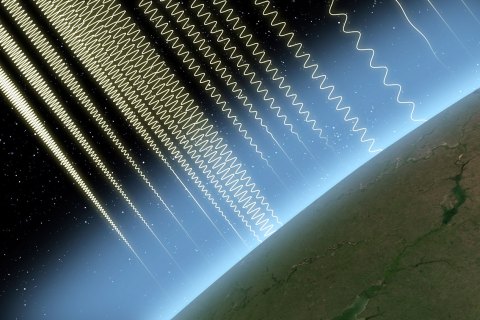
Illustration showing the absorbance of electromagnetic waves by the Earth’s atmosphere. Source.
Mysterious radio waves, or fast radio bursts are extreme pulses of energy. On the other hand, they last only just a fraction of a second. They have been hunting astronomers since the first burst was spotted in the 2007 by Duncan Lorimer from West Virginia University. It is because they still don’t have any idea what they are or what causes them. With this particular one from 2007, it appeared that the mysterious radio waves (or beams) has traveled approximately around 3 billion light years before reaching the Earth. Of course, there were some people that did not believe the explanation that astronomers gave. They were saying that the signals could be coming from Earth’s atmospher, or that was an artifact of the telescope itself, located at the Parkes Observatory in Australia. Indeed, the Parkes telescope was the only telescope which could spot the fast radio bursts for five years, and eventually observed another half-dozen or so.
In November 2012 everything changed. The Arecibo Observatory spotted a fast radio burst. Same as the signals from Parkes Observatory, it looked like it came from billion of light years away. The observation suggested the bursts were not from telescope or something similar. But all of the observations were made from data at least one week old.
On May 14, 2014, Emily Petroff observed a fast radio burst in the act of blasting. She and the team of researchers working wit her, determined that the mysterious radio waves came as far as 5.5 billion light years away and was mildly polarized. Polarization suggests a magnetic field somewhere near the origin has aligned the waves in particular directions.
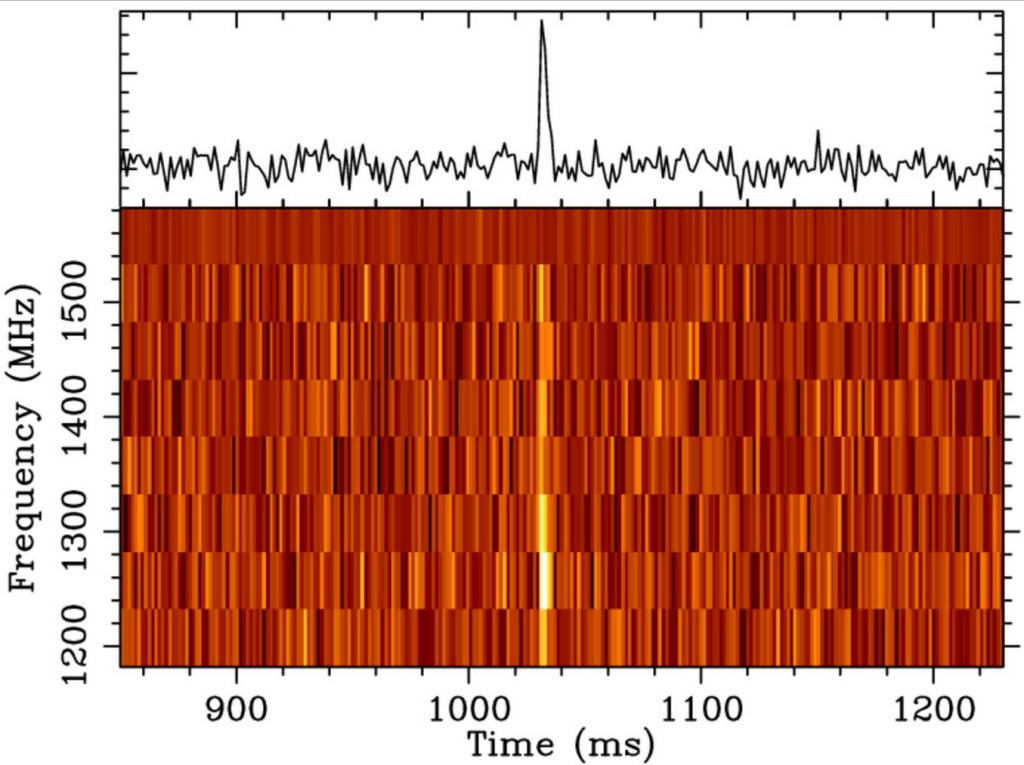
Pulse profile (top) and dynamic spectrum (orange-yellow) of FRB 140514. Communications satellites operating in the 1525–1559 MHz band prevented observations there. (Credit: E. Petroff et al./Mon. Not. R. Astron. Soc)
After that, Emily Petroff designed program that specifically spy on these bursts. Once the radio pulse has been detected, she lined telescopes to observe the thing. The group of 12 telescopes returned data and they were suggesting that the source of it is not something that can be easily identified. But some of the logical explanations were successfully eliminated, like distant supernovas or long gamma-ray bursts because of a lack of a detectable afterglow.
[sc:ad-text]
So what are we observing? The scientists agreed that they don’t know. There are some theories that could provide us with explanation, but they are suggesting rather exotic-sounding, very dense objects: colliding black holes of neutron stars, evaporating primordial black holes, imploding neutron stars, or enormous flares erupting from magnetic neutron stars, called magnetars. Whatever the sources are, I am sure, that soon or later we will find out.
source: arxiv.org
[sc:end t=”Astronomers Captured Mysterious Radio Waves from Deep Space! Sender Is Unknown! “]

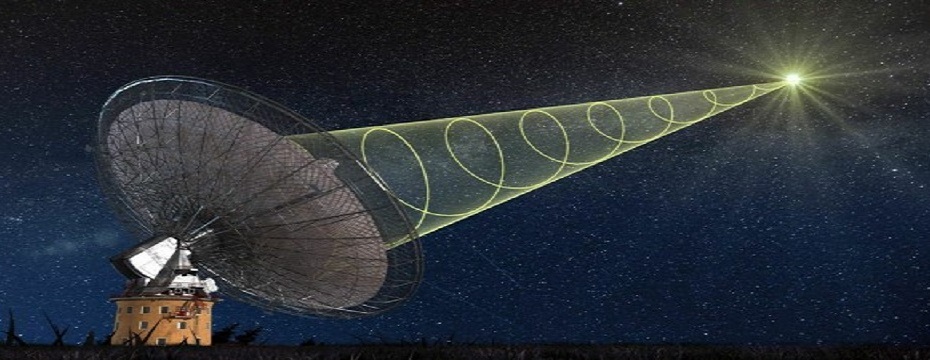
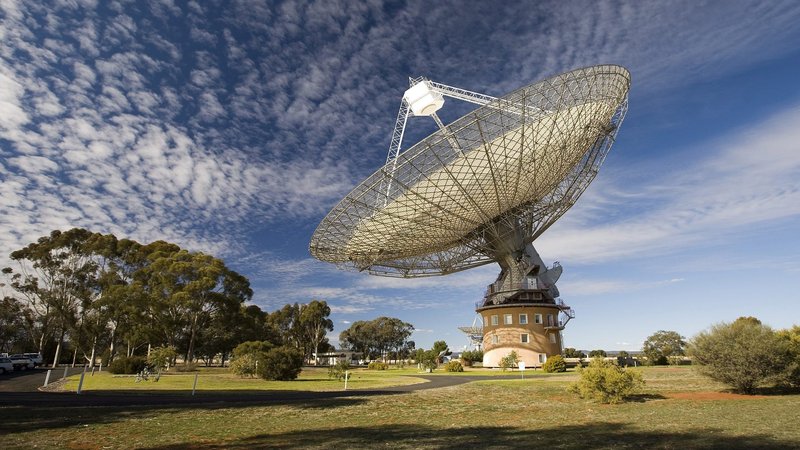
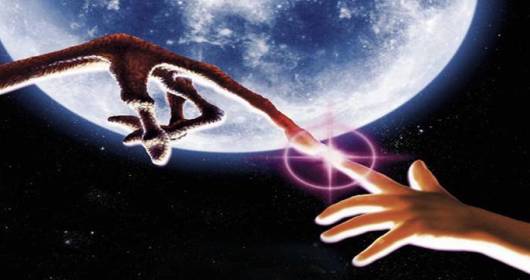
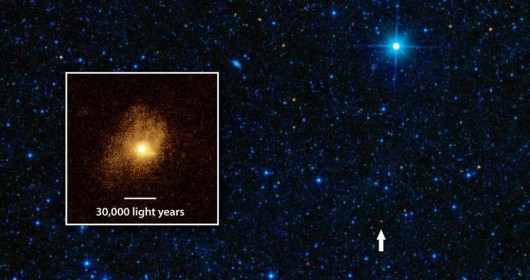
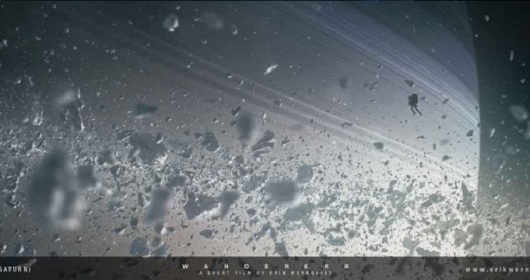
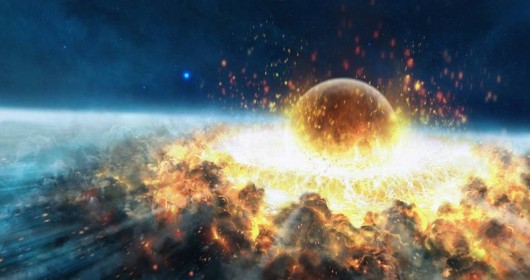
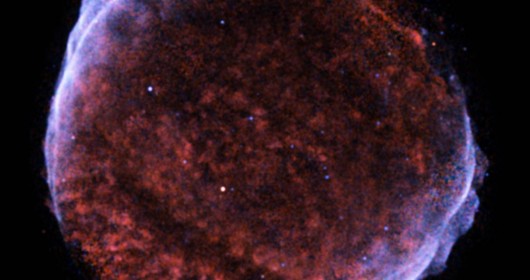
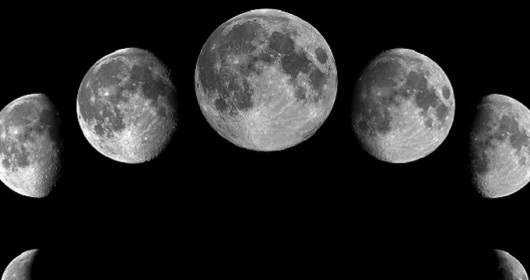
Leave a Reply